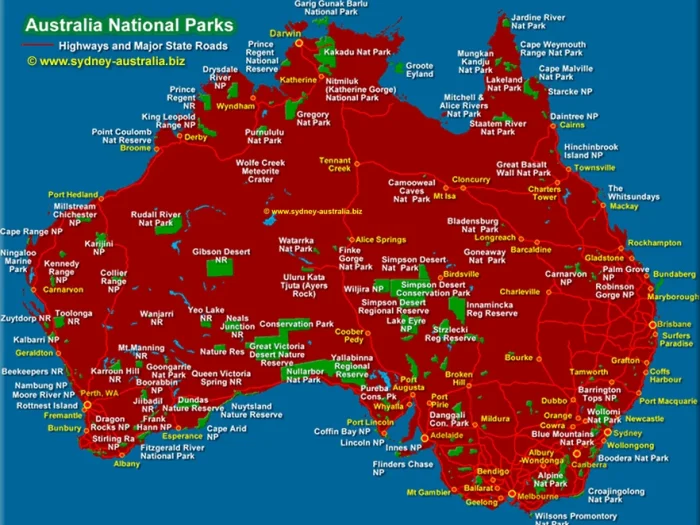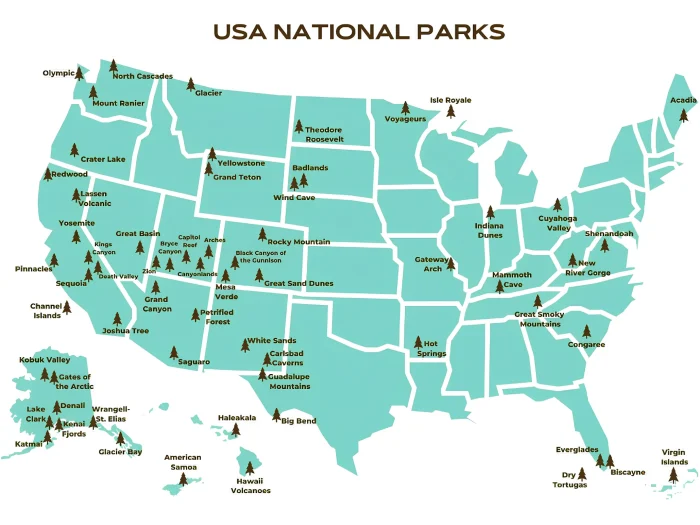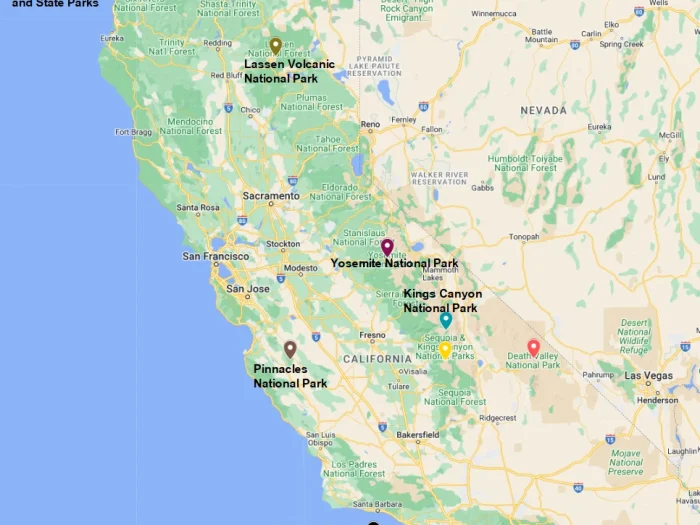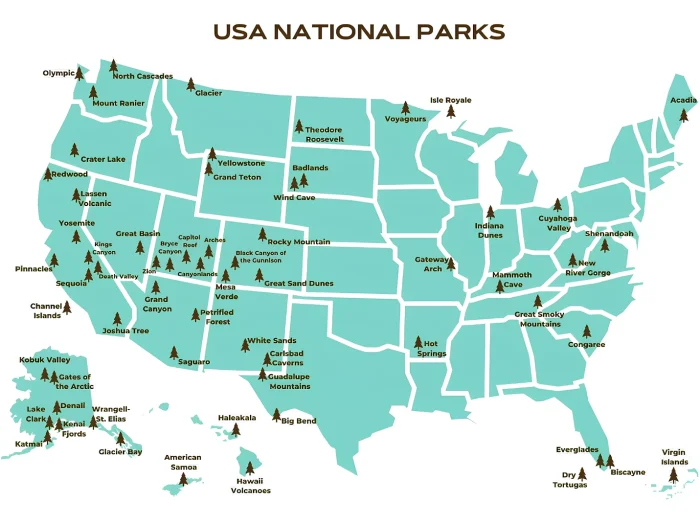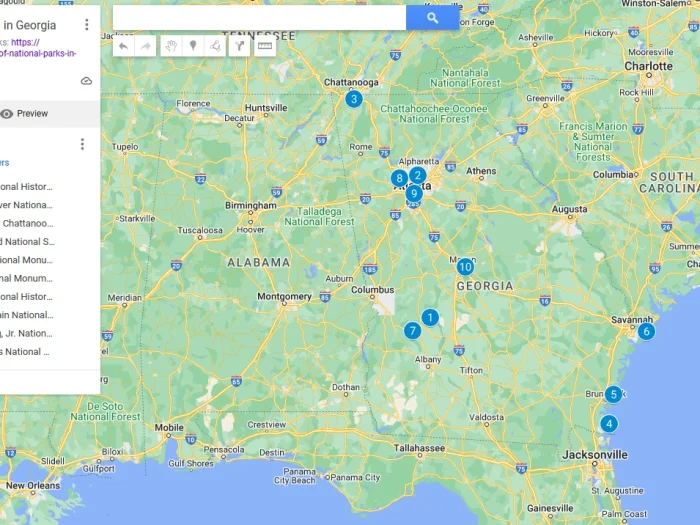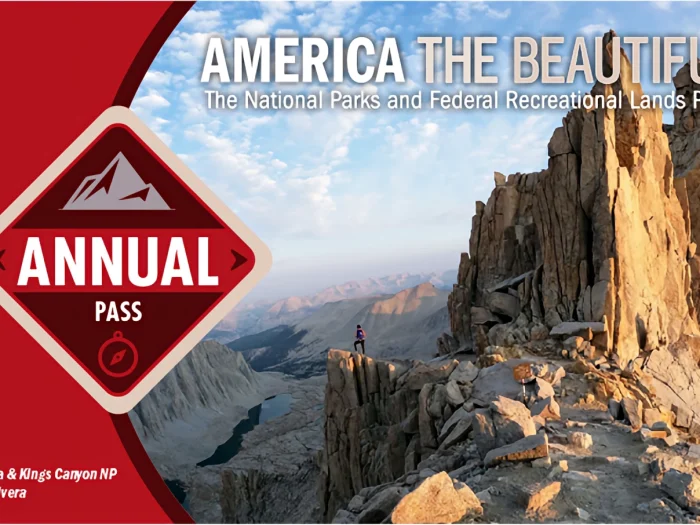Planning and Budgeting for a National Parks Trip
National parks offer some of the most breathtaking scenery and unforgettable experiences in the US. But before you hit the road, it’s important to plan your finances to ensure a smooth and enjoyable trip. Here are some steps to get you started.
Planning and Budgeting for a National Parks Trip

1. Research and Plan Your Trip
- Destination: Choose the national park(s) you want to visit.
- Duration: Decide how many days you’ll spend in the park.
- Activities: List the activities you want to do (hiking, camping, guided tours, etc.).
2. Calculate Travel Costs
- Transportation:
- Gas: Estimate the fuel cost if driving. Use tools like GasBuddy to calculate based on distance and current fuel prices.
- Flights: Look for deals and book in advance to save on airfare.
- Car Rental: If necessary, research rental prices and insurance options.
- Parking Fees: Check if there are parking fees at the park or nearby.
- Trip Loan: If you’re worried about covering all your travel expenses upfront, consider taking out a trip loan to help manage costs.
3. Accommodation Costs
- Camping: Research campsite fees within the park. Prices vary based on amenities and location.
- Lodging: If you prefer hotels or lodges, compare prices and book in advance. Consider nearby towns for potentially lower rates.
- Permits: Some parks require permits for backcountry camping or popular hiking trails.
4. Food and Supplies
- Groceries: Plan your meals and buy groceries before your trip. Include snacks and non-perishables.
- Dining Out: Budget for any meals you plan to eat at restaurants.
- Camping Gear: List any gear you need to purchase or rent (tents, sleeping bags, cooking equipment).
5. Park Fees
- Entrance Fees: Check the park’s entrance fees. Some parks charge per vehicle, while others charge per person.
- Annual Pass: If visiting multiple parks, consider purchasing an America the Beautiful pass, which covers entry fees for a year.
6. Activity Fees
- Guided Tours: Research costs for ranger-led programs, boat tours, or other guided activities.
- Equipment Rentals: Budget for renting bikes, kayaks, or other equipment if needed.
7. Emergency Fund
- Unexpected Expenses: Set aside a small fund for emergencies, such as medical expenses or vehicle repairs.
8. Travel Insurance
- Insurance: Consider purchasing travel insurance to cover cancellations, medical emergencies, and lost gear.
9. Miscellaneous Costs
- Souvenirs: Allocate a small amount for souvenirs and gifts.
- Mobile Connectivity: If planning to use your phone, check for any additional charges for roaming or data usage in remote areas.
Example Budget for a National Parks Trip
Here’s an example budget for a 5-day trip to a national park:
| Category | Cost |
|---|---|
| Gas | $100 |
| Car Rental | $200 |
| Camping Fees | $75 |
| Food and Supplies | $150 |
| Park Entrance Fee | $35 |
| Activity Fees | $50 |
| Emergency Fund | $100 |
| Travel Insurance | $50 |
| Miscellaneous | $40 |
| Total | $800 |
Tips to Save Money
- Visit Off-Season: Prices for accommodations and activities may be lower.
- Group Travel: Share costs with friends or family.
- Discounts: Look for discounts for seniors, students, or military personnel.
- Pack Smart: Bring everything you need to avoid high prices at park stores.
- Purchase an America the Beautiful Pass Annual Parks Pass to access unlimited national parks within 1 year.
By carefully planning and budgeting, you can ensure a financially stress-free national park adventure.

